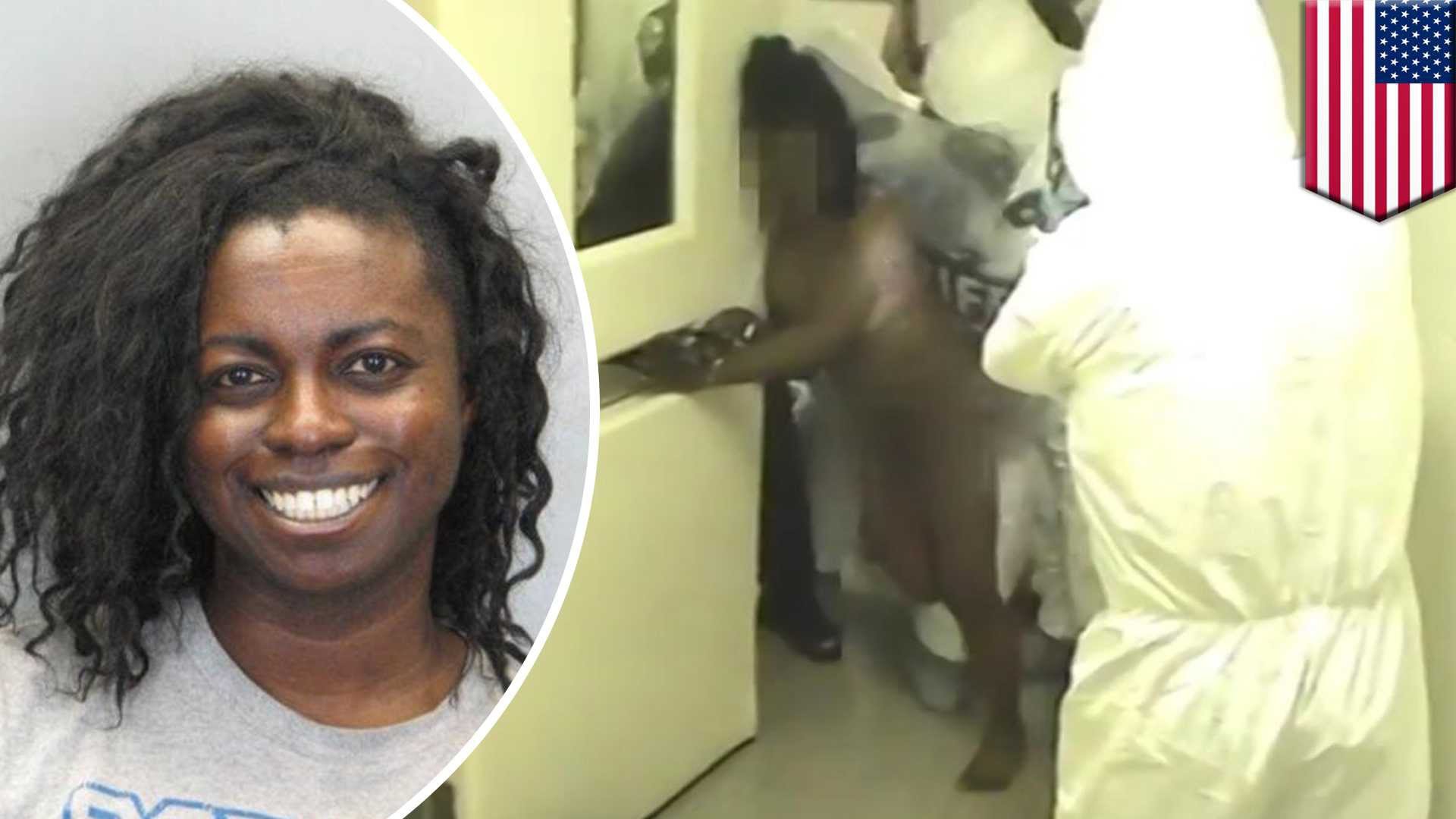
Dear Mr. Earley,
I am writing about Natasha McKenna and her death in the Fairfax County Detention Center. (I have provided you my contact information so you can confirm who I am and my credentials, but I ask that you withhold my name for reasons that will become obvious.)
Why was she “managed” by trained professionals in a manner that was so callous & inhumane? Why was she shocked repeatedly with a Taser while posing no serious threat to the men who had her on the floor? How were the deputies able to overlook and disregard her pathetic, desperate cries, whimpers and gasps?
How did this happen? There were six men directly involved and several others looking on, only a few feet away. Any one of them could have interrupted what was happening, but there’s no indication that anyone objected. No one said, “Put away the Taser – we don’t need it.” Nobody said, “One time with the Taser is enough!” (or two times, or three, or even four). There was no sign that anyone said, “She’s scared, this isn’t working. Let’s stop and think about a better way to get this done.” Equally important is the fact that the Lieutenant in charge didn’t stop to say, “This is going bad. I’m going to call my Captain for guidance, or my Major, or my Colonel, or the Sheriff.”
Why did this happen?
Are these men (and women) sadists? Are they sociopaths? Are they inexperienced? Are they stupid? Are they racist murderers?
I know them personally, I work with them and my answer to these questions is “No, no, no, no and no.” I’ve had conversations with them in our workplace about our kids, about our jobs, and, in some cases, we’ve shared both laughs and secrets. We are not bad people. The deputies that did this are not much different truthfully than most of our friends and neighbors – your friends and neighbors too. We are ordinary Fairfax citizens.
So how could these deputies treat another human being this way?





